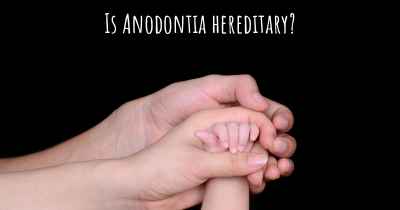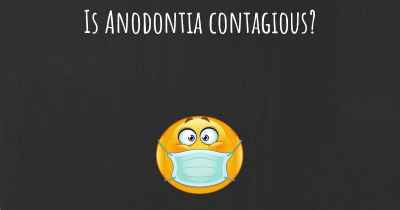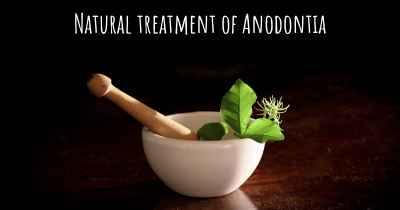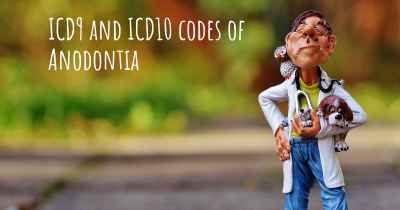Which are the causes of Anodontia?
See some of the causes of Anodontia according to people who have experience in Anodontia
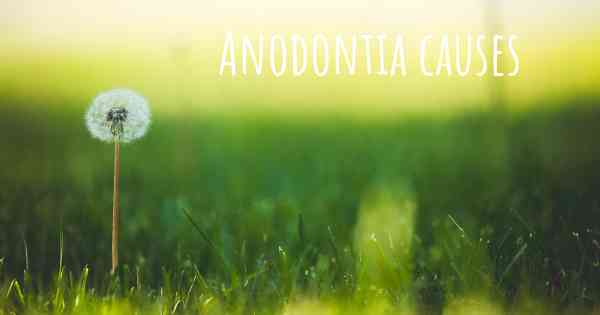
Anodontia, also known as congenital absence of teeth, is a rare condition characterized by the complete absence of teeth. It can affect both primary (baby) teeth and permanent teeth. The causes of anodontia can vary and are often attributed to a combination of genetic and environmental factors.
Genetic Factors:
Anodontia can be caused by genetic mutations or abnormalities that affect tooth development. These genetic factors can be inherited from one or both parents. Several genes have been identified to play a role in tooth development, and mutations in these genes can lead to anodontia. One such gene is known as MSX1, which is involved in the formation of teeth and other craniofacial structures. Mutations in the MSX1 gene have been linked to cases of anodontia.
Environmental Factors:
Environmental factors can also contribute to the development of anodontia. Certain medications, such as chemotherapy drugs or medications taken during pregnancy, can interfere with tooth development and result in tooth agenesis. Additionally, exposure to radiation or toxins during critical periods of tooth development can disrupt the formation of teeth.
Other Causes:
In some cases, anodontia may be associated with other genetic syndromes or conditions. For example, ectodermal dysplasia is a group of genetic disorders that can affect the development of teeth, hair, and sweat glands. Hypohidrotic ectodermal dysplasia, a specific type of ectodermal dysplasia, is characterized by the absence of teeth among other symptoms. Cleft lip and palate, a common birth defect, can also be associated with anodontia.
Treatment and Management:
Anodontia can significantly impact a person's oral health and overall well-being. Treatment options for anodontia typically involve a multidisciplinary approach, including dental specialists, orthodontists, and prosthodontists. The goal of treatment is to restore oral function and aesthetics through various interventions, such as dental implants, dentures, or orthodontic treatments.
In conclusion, anodontia is a condition characterized by the complete absence of teeth. It can be caused by genetic factors, environmental factors, or be associated with other genetic syndromes. Early diagnosis and appropriate treatment can help individuals with anodontia achieve optimal oral health and improve their quality of life.


